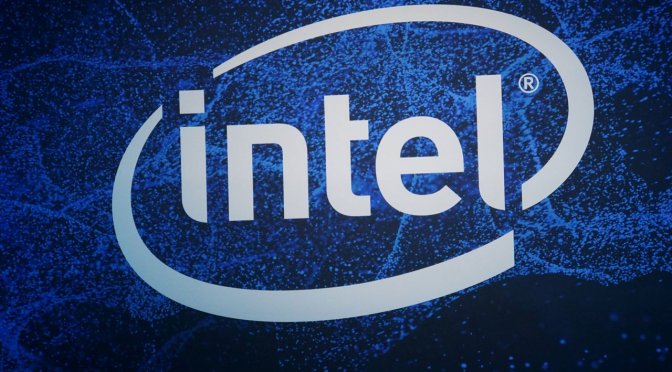It appears that the specifications for Intel’s first desktop 10nm CPUs may have leaked online. To be more precise, we’re talking about the specs of the Core i9-12900K, Core i7-12700K, and Core i5-12600K.
As Videocardz notes:
“The Core i9-12900K, the flagship SKU of the upcoming series is to features 8 big cores and 8 small cores. The small cores are to boost up to 3.9 GHz (3.7 GHz all-core), while big cores will boost up to 5.3 GHz (5.0 GHz all-core). This SKU is to feature 30MB of L3 Cache.
The i7-12700K is to offer 8 big cores and 4 small cores, which will see 100 MHz lower frequencies, while big cores will see a 300 MHz decrease in comparison to the flagship SKU. A 25MB L3 Cache is to be used by this processor.
The only Core i5 part revealed in this leak is the i5-12600K supposedly featuring a 6C+4c configuration with a small-core boost up to 3.6 GHz and a big core boost up to 4.9 GHz.”
What this basically means is that the Intel Core i9-12900K will feature 16 CPU cores. However, not all of these cores will operate at the same frequency. Furthermore, it seems that only the big cores will support Hyper-Threading (which explains why the high-end model has 16 CPU cores but only supports 24 threads).
Thus, and if these specs are legit, it will be interesting to see how games will run on these CPUs. It will also be interesting to see how hot these chips will run. After all, the Rocket Lake CPUs are notorious for their really high temperatures.
Intel plans to release these CPUs at the end of 2021, though there isn’t yet any specific ETA on when they will come out!

John is the founder and Editor in Chief at DSOGaming. He is a PC gaming fan and highly supports the modding and indie communities. Before creating DSOGaming, John worked on numerous gaming websites. While he is a die-hard PC gamer, his gaming roots can be found on consoles. John loved – and still does – the 16-bit consoles, and considers SNES to be one of the best consoles. Still, the PC platform won him over consoles. That was mainly due to 3DFX and its iconic dedicated 3D accelerator graphics card, Voodoo 2. John has also written a higher degree thesis on the “The Evolution of PC graphics cards.”
Contact: Email


